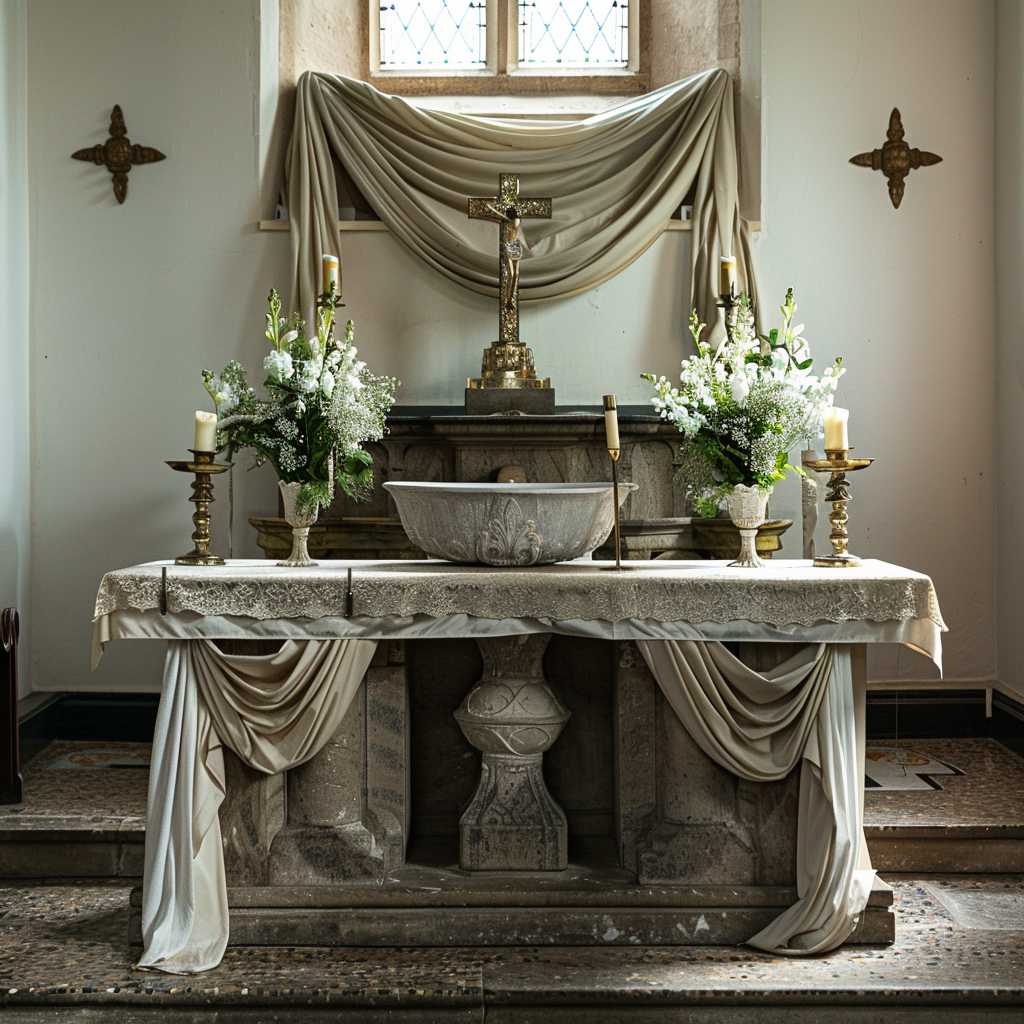Maundy Thursday: Understanding the Significance and Traditions
Maundy Thursday is a Christian holy day falling on the Thursday before Easter. It commemorates the Last Supper, where Jesus Christ shared Passover with his disciples before his crucifixion, as recounted in the Christian Scriptures. Its observance is an essential part of the Holy Week, including Good Friday and Easter Sunday, which represents the passion, death, and resurrection of Jesus Christ.
The Origin and Historical Context of Maundy Thursday
Maundy Thursday’s name derives from the Latin word “mandatum,” meaning commandment or mandate. This reference to what is known as the “New Commandment,” recounted in the Gospel of John (13:34), conveys Jesus’ instructions to his disciples to love one another just as he has loved them. The historical setting of Maundy Thursday roots it in Jewish tradition as well, with the Last Supper paralleling the Jewish Passover feast.
Rituals and Ceremonies Associated with Maundy Thursday
Different Christian denominations observe Maundy Thursday through various rituals and ceremonies, reflecting the universality and divergent traditions of Christianity.
The Washing of Feet Ceremony
In many churches, Maundy Thursday services include a foot-washing ceremony. This act embodies the humility and servanthood demonstrated by Jesus when he washed his disciples’ feet, as depicted in the Gospels. Leaders of churches often perform this ritual, emphasizing service above status within spiritual communities.
The Last Supper Commemoration
Central to Maundy Thursday is the commemoration of the Last Supper, particularly through the act of sharing in Holy Communion, also known as the Eucharist or Lord’s Supper. Many Christians recall the specific moment when Jesus broke bread and drank wine, instructing his followers to do so in remembrance of him.
Stripping of Altars and Preparations for Good Friday
In anticipation of Good Friday, many Christian traditions strip their altars bare following Maundy Thursday services. This act symbolizes the desolation and mourning inherent to the narrative of Jesus’ arrest, suffering, and death. Some denominations will also veile icons or crosses, leading into a stark contrast for Easter vigil celebrations once Lent officially concludes.
Almsgiving and Charity Work
There’s a strong tradition associated with almsgiving in recognition of Maundy Thursday’s emphasis on service and love. Some monarchies, such as the British Crown, have a tradition coined “Maundy money,” where the sovereign gives out specially minted coins to chosen recipients, a modern counterpart to philanthropic efforts reflected throughout Christian communities worldwide on this day.
The Connection with Passover
Because Maundy Thursday is inherently connected to Passover—the Jewish festival commemorating the Israelites’ exodus from Egypt—and because Jesus’ Last Supper was a Passover meal, there are shared themes of liberation and hope between these holidays. This intersection marks an appreciation among Christians for Jewish traditions and their continuity in Christian observances.
Modern Observations and Reflections on Maundy Thursday
As Christianity adapts to contemporary practices, Maundy Thursday can extend beyond formal rituals to include personal reflection on themes of service, sacrifice, betrayal, repentance, and forgiveness. It remains an opportunity for Christians globally to consider what it means to live under the New Commandment Jesus provided during that seminal meal.
Notes
Image Description
An image showing a traditional church altar adorned with symbols common in Maundy Thursday observances might include elements like a chalice or paten (used for commuion), a basin and towel (for foot washing ceremonies), perhaps draped crosses or veiled artwork to reflect preparations for Good Friday symbolism.
